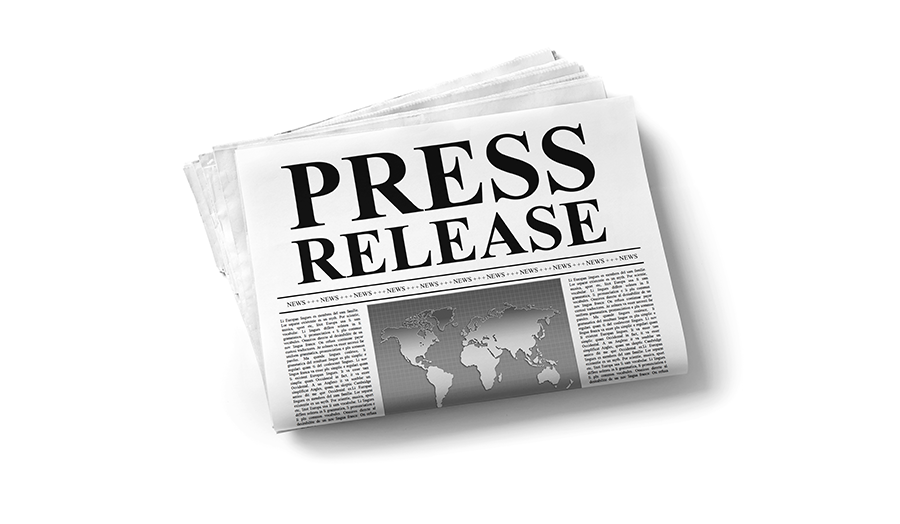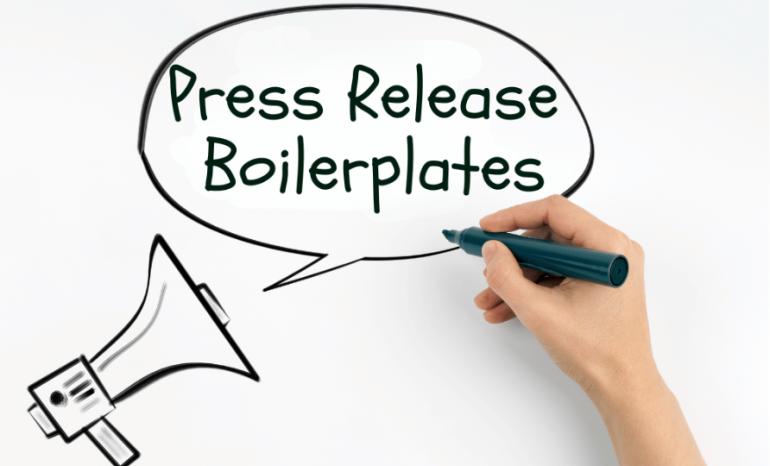A boilerplate in a press release is a standardized paragraph that appears at the end of every press release, providing essential background information about your company or organization. This brief but powerful section serves as your company’s elevator pitch to journalists, potential customers, and other stakeholders who encounter your news announcements. Think of it as your business card in written form – a consistent, professional summary that shapes lasting impressions and helps establish your brand identity across all media channels.
The boilerplate originated from 19th-century newspaper printing, where steel plates containing standardized text were used for widespread reproduction, saving time and reducing costs. Today, this concept has evolved into a crucial component of modern public relations strategy, serving as the foundation for consistent brand messaging across all press releases and marketing materials.
What Makes an Effective Press Release Boilerplate
An effective boilerplate should be concise yet comprehensive, typically consisting of one well-crafted paragraph that captures your company’s essence. The content should remain consistent across all press releases unless significant company changes occur, ensuring journalists can quickly recognize and recall your brand.
Your boilerplate should include several key elements: your company’s mission statement, core products or services, notable achievements or awards, and unique positioning in the market. Additionally, incorporating relevant metrics such as years in business, number of customers served, or geographic reach can add credibility and context to your company’s story.
Essential Components to Include

Company Identity and Mission: Start with your company name, tagline, and a clear description of what your organization does. This answers the fundamental “who” and “what” questions that journalists need to understand your business quickly.
Products and Services: Provide a brief overview of your core offerings without getting too detailed. Focus on what sets your company apart from competitors and why your products or services matter to your target audience.
Achievements and Credentials: Include notable awards, recognitions, certifications, or impressive metrics that demonstrate your company’s success and credibility. This could include funding received for startups, industry certifications, or significant milestones achieved.
Contact Information: Always conclude with relevant contact details, including your website URL, media contact information, and social media handles. This makes it easy for journalists to reach out for additional information or follow-up interviews.
SEO Optimization for Press Release Boilerplates
To maximize your boilerplate’s search engine visibility, incorporate relevant words naturally throughout the text. Focus on terms that potential readers might search for, including your company name, industry-specific terminology, and core services you provide.
Maintain a clear structure with short, readable sentences that both humans and search engines can easily process. Include your website URL and other contact information to boost credibility and provide search engines with additional signals about your company’s authority and legitimacy.
Consider using long-tail words that reflect how your target audience searches for businesses like yours. These might include phrases like “leading provider of,” “innovative solutions for,” or industry-specific terms that align with your company’s expertise.
Best Practices for Boilerplate Success
Keep your boilerplate updated regularly, reviewing it quarterly to ensure all information remains current and relevant. As your company grows and achieves new milestones, update the boilerplate to reflect these developments while maintaining its core message.
Write in a professional yet engaging tone that reflects your brand voice. Avoid industry jargon that might confuse general audiences, and focus on clear, compelling language that communicates your value proposition effectively. Remember, this paragraph often receives the most exposure across all your marketing channels, making it a critical tool for brand recognition and credibility building.

